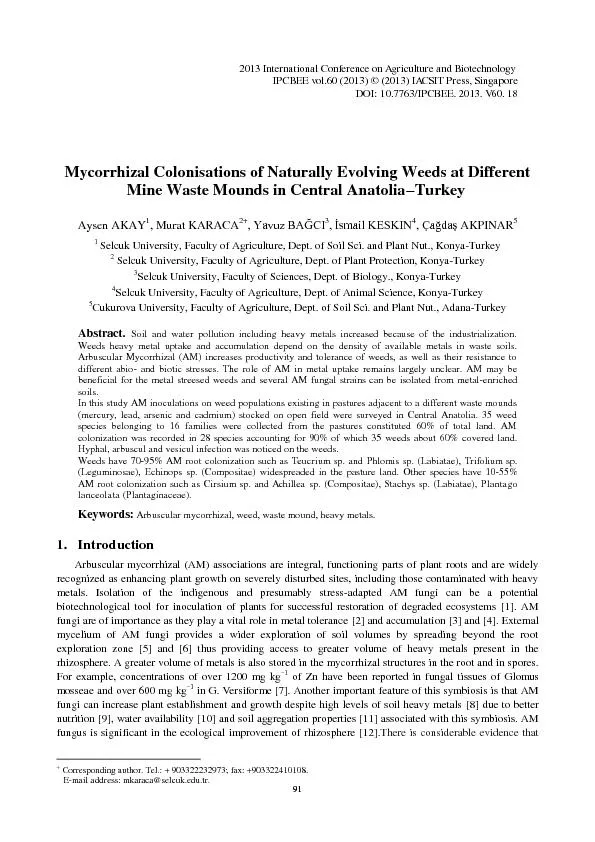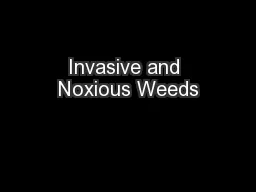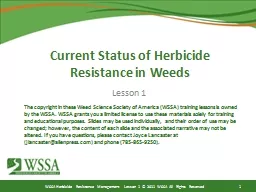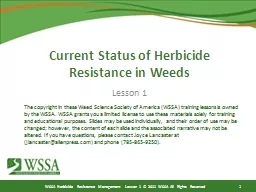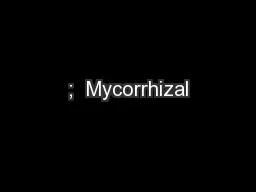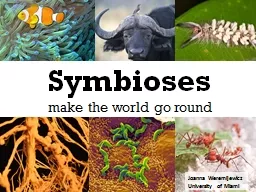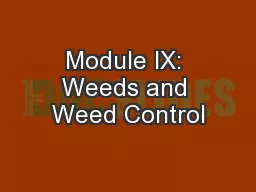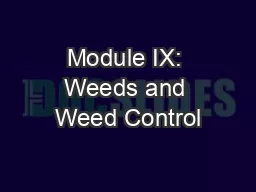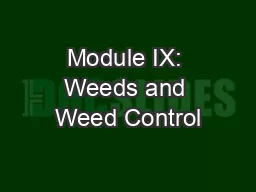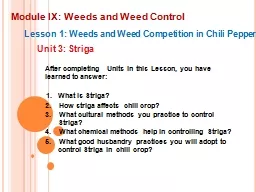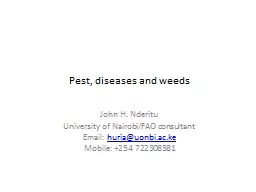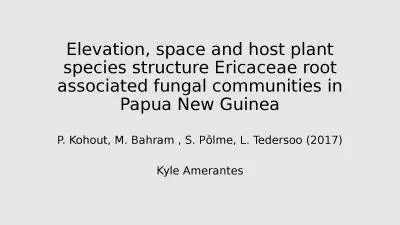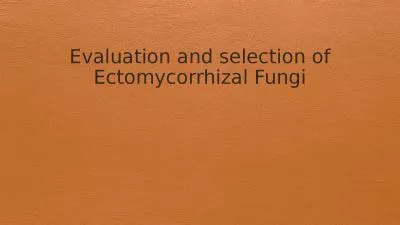PDF-Mycorrhizal Colonisations of Naturally Evolving Weeds at Different Min
Author : lois-ondreau | Published Date : 2016-11-02
Corresponding author Tel 903322232973 fax 903322410108 Email address mkaracaselcukedutr 2013 International Conference on Agriculture and Biotechnology IPCBEE vol 60 201 3
Presentation Embed Code
Download Presentation
Download Presentation The PPT/PDF document "Mycorrhizal Colonisations of Naturally E..." is the property of its rightful owner. Permission is granted to download and print the materials on this website for personal, non-commercial use only, and to display it on your personal computer provided you do not modify the materials and that you retain all copyright notices contained in the materials. By downloading content from our website, you accept the terms of this agreement.
Mycorrhizal Colonisations of Naturally Evolving Weeds at Different Min: Transcript
Download Rules Of Document
"Mycorrhizal Colonisations of Naturally Evolving Weeds at Different Min"The content belongs to its owner. You may download and print it for personal use, without modification, and keep all copyright notices. By downloading, you agree to these terms.
Related Documents

